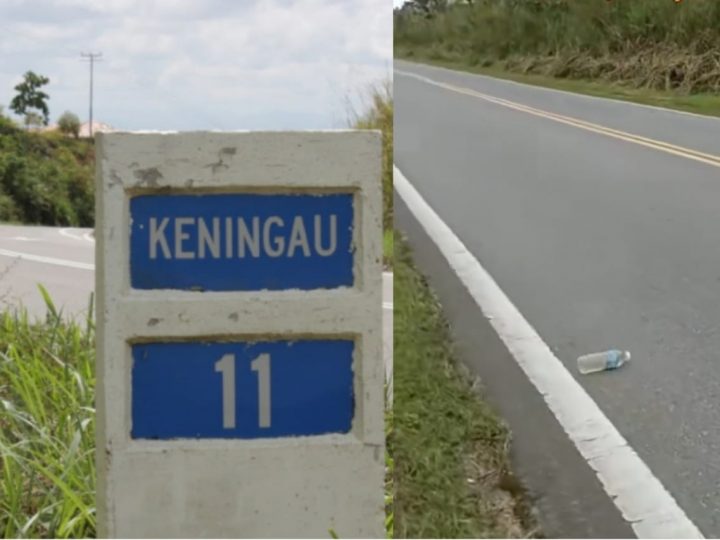MH653: The 1977 Hijacking That Was The Deadliest Aviation Disaster To Occur On Local Grounds
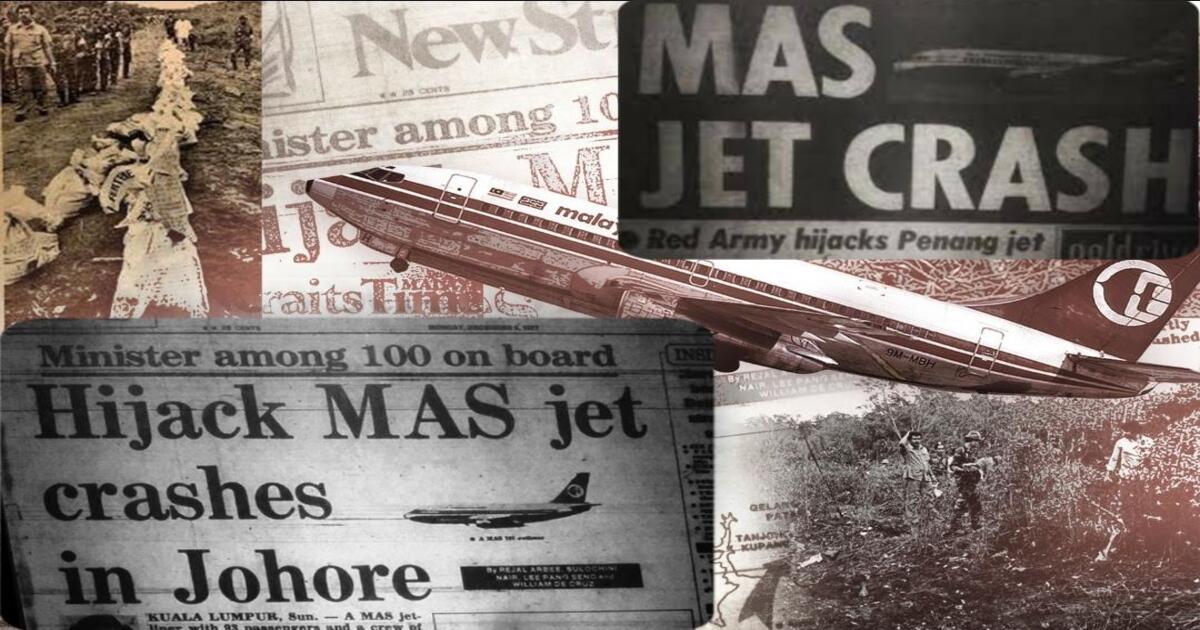 Thirsty for JUICE content? Quench your cravings on our Instagram, TikTok and WhatsApp
Thirsty for JUICE content? Quench your cravings on our Instagram, TikTok and WhatsApp
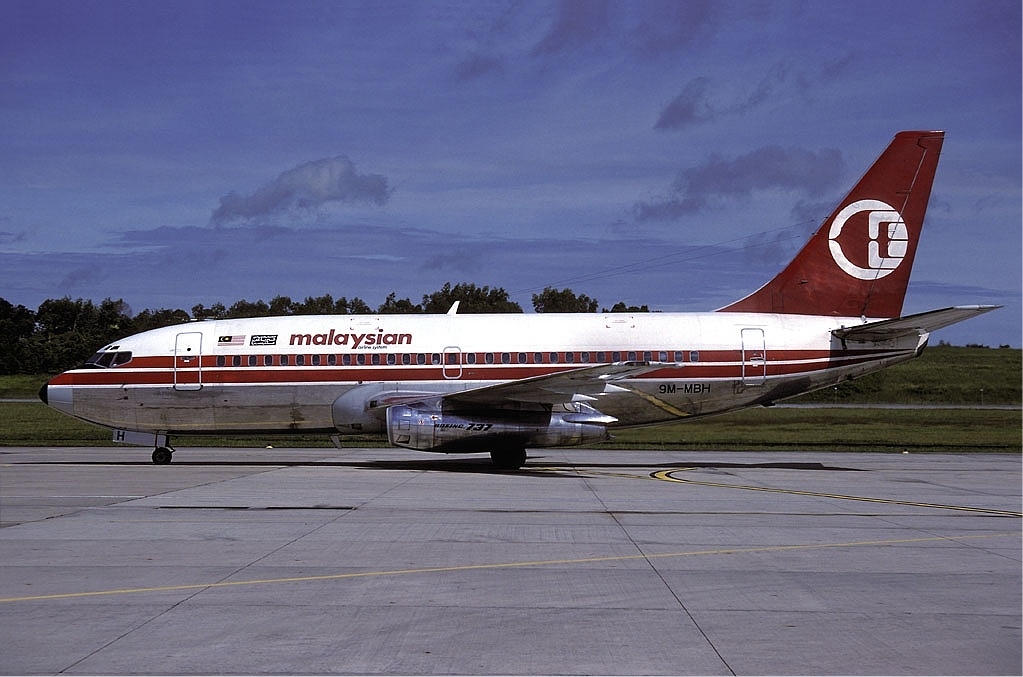
While the mystery of Flight MH370 which went “missing” nearly 9 years ago continues to make headlines to this day, the most fatal aviation accident to have occurred within Malaysia was reported to have taken place over 4 decades ago – leaving behind just as many unanswered questions.

Malaysian Airline System Flight 653 (MH653) was a domestic flight scheduled at regular intervals, heading from Penang to Kuala Lumpur (MAS). The service’s Boeing 737-200 crashed on December 4, 1977, near Tanjung Kupang in Johor, after allegedly being hijacked and rerouted to Singapore.
As soon as the aircraft climbed to cruise altitude, it was purportedly hijacked. The crash was Malaysia Airlines’ first deadly aviation disaster, and deemed the most fatal aviation-related accident to occur on Malaysian soil.

All 93 passengers and 7 members of the crew onboard perished in the aftermath, including former Malaysian Agricultural Minister, Dato’ Ali Haji Ahmad; former Public Works Department Head, Dato’ Mahfuz Khalid and Onn Jaafar, nephew of Tun Hussein Onn, who was the Prime Minister at the time.
The events leading up to the hijacking and ensuing crash remain an open mystery.
According to reports, at exactly 19:21 on the day of the incident, flight 653 left Penang International Airport’s Runway 22 bound for Kuala Lumpur’s Subang Airport, currently known as Sultan Abdul Aziz Shah Airport.
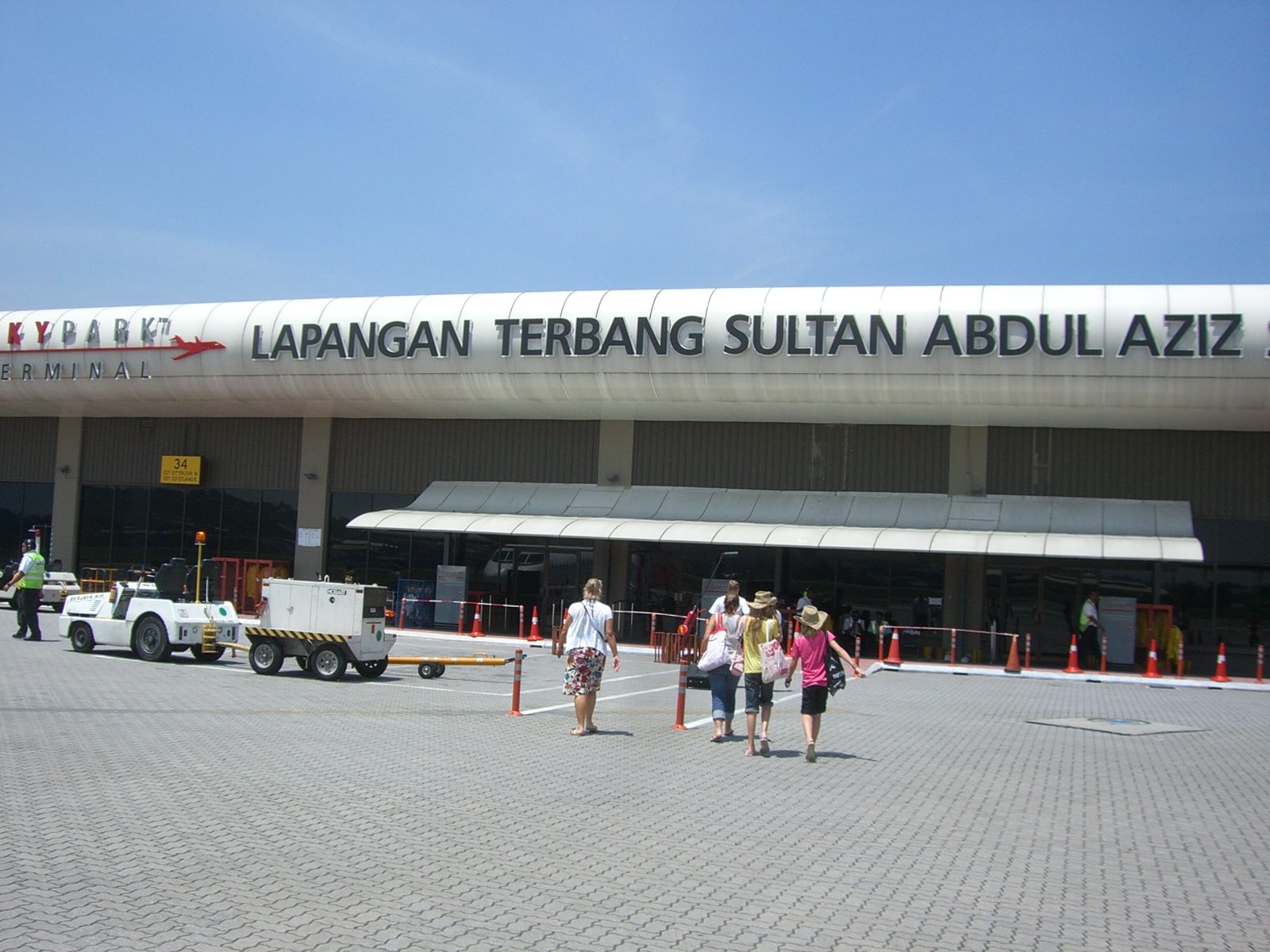
At 19:54, Captain GK Ganjoor and First Officer Karamuzaman Jali were preparing for a landing at Subang Airport while flying above Batu Arang at a height of 4,000 feet (1,200 m) and descending towards Runway 33. The crew notified the Subang Tower that a “unknown hijacker” was on aboard upon hearing knocking on the cockpit door.
A group of hijackers then barged into the cockpit and ordered the pilots to shut down all communications. The tower instantly alerted the authorities, who immediately braced the airport for an emergency.
A little while later, the crew radioed: “We’re now en route to Singapore. Good night.”
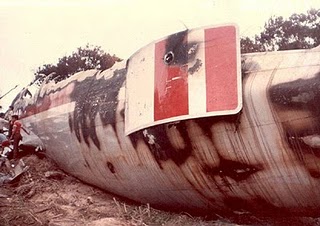
Investigators overheard a discussion between the hijackers and the pilots in the final minutes of the cockpit voice recorder files concerning how the plane would run out of fuel prior to its arrival to Singapore, followed by a string of gunshots.
They came to the conclusion that the hijacker shot and killed both the pilot and the co-pilot, rendering the aircraft “professionally uncontrollable”. All contact with the aircraft was lost at 20:15.
Residents of Tanjung Kupang in Johor’s Kampong Ladang claimed to have heard blasts and witnessing flaming debris in a marsh at 20:36. A 18-year-old local had reported to the authorities that he had seen the jet “blast upwards,” then dive and erupt in flames.

The aeroplane was later determined to be among the detritus; it had struck the ground at a nearly vertical angle and with great speed.
According to a spokesperson for the airline, the jet was carrying 20 passengers from other countries in addition to the 73 Malaysians on board. No survivors were reported.
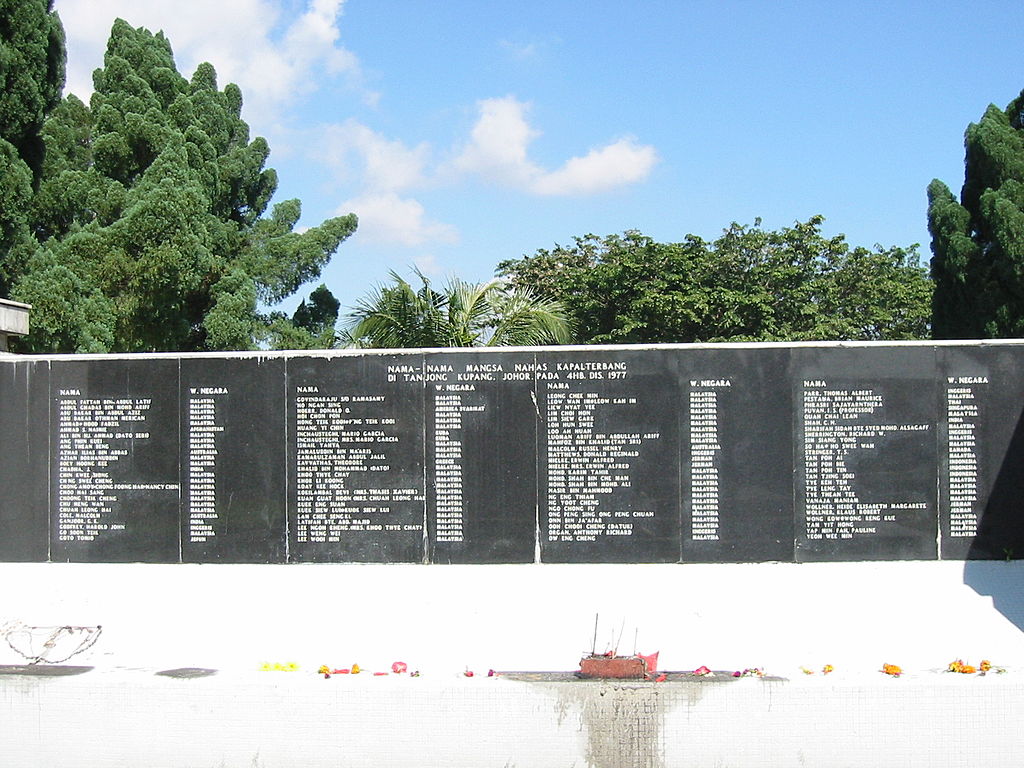
The victims’ remains were laid to rest collectively during a mass burial. Names of the passengers and crew members are currently on display at the Tanjung Kupang Memorial.
No comprehensive explanation of the hijacking and accident was ever uncovered. Nevertheless, Kuala Lumpur airport authorities claimed that pilots had radioed that the Japanese Red Army had hijacked the aircraft.
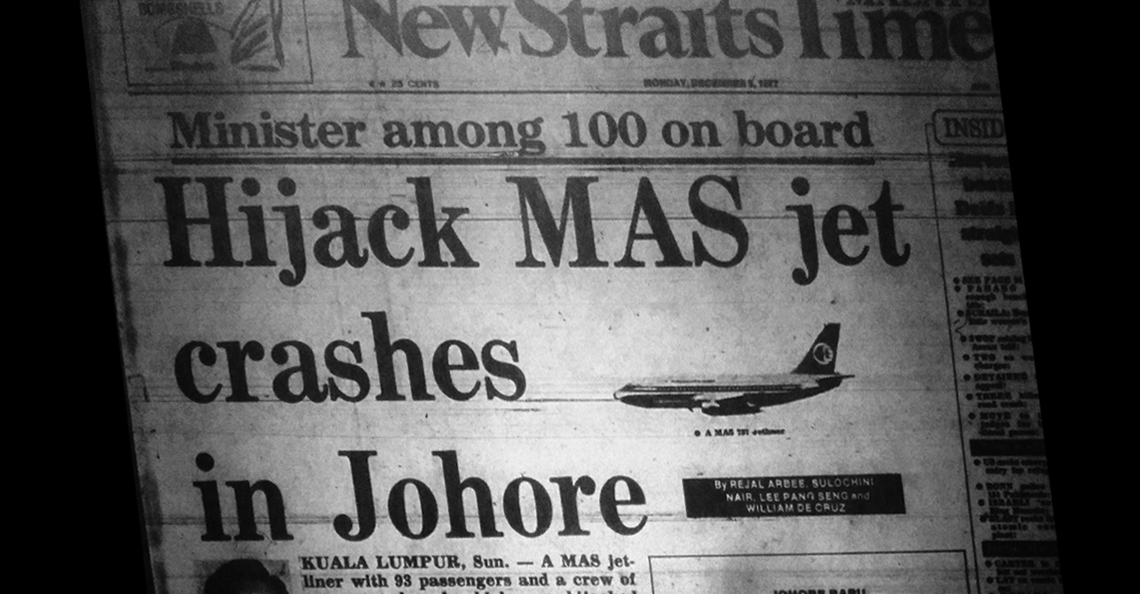
Reporters for CNN claimed that the hijackers of Ethiopian Airlines Flight 961 in 1996 were in truth members of the Red Army, but this claim has not been corroborated.
In an effort to find traces of a projectile or weaponry, all retrieved remains were x-rayed, however no such indications were ever identified. The victims’ bodies were laid to rest in a collective grave. The Aviation Security Unit of the Airport Standard Division of the Department of Civil Aviation Malaysia was formed following the matter.
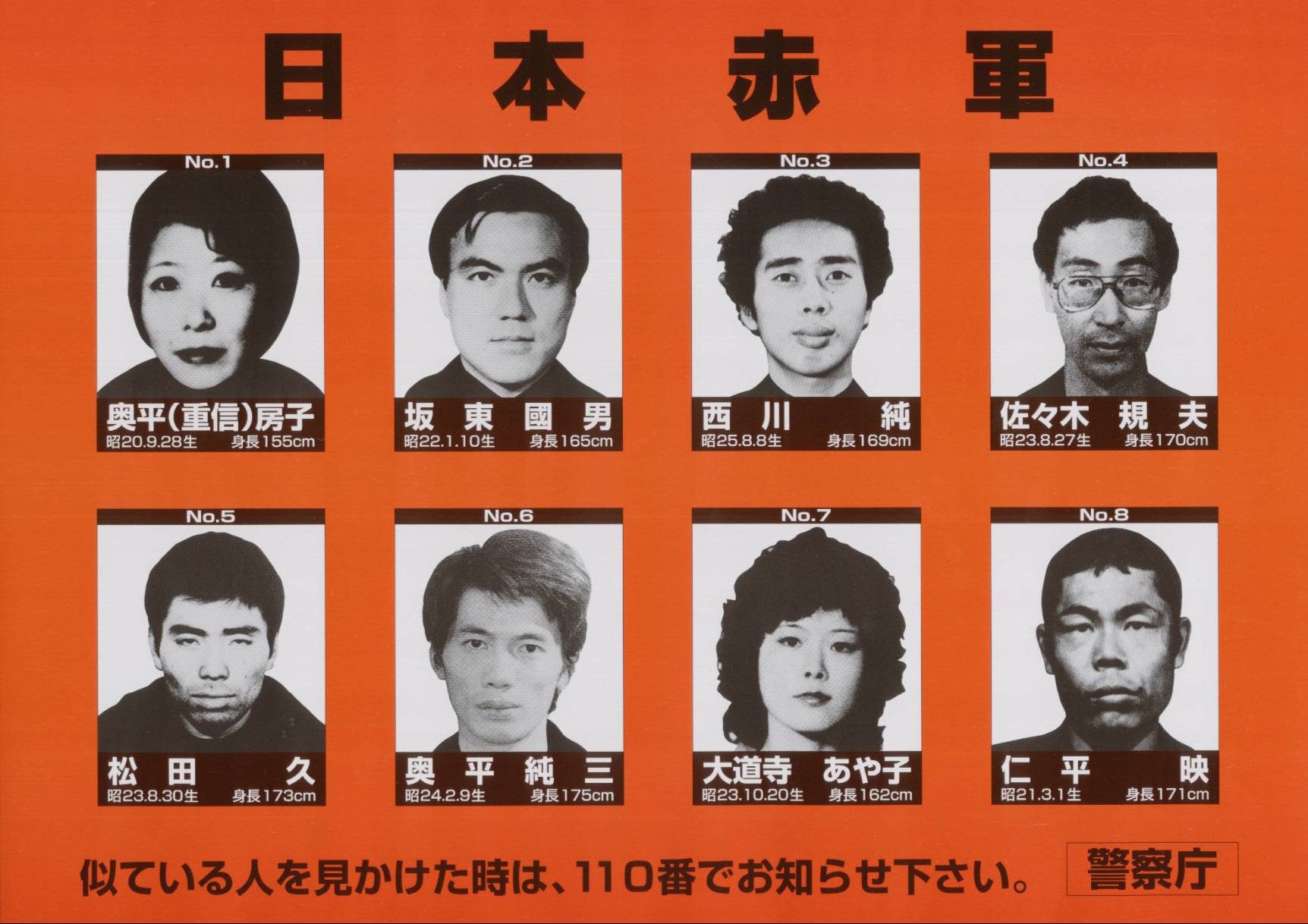
Despite a lack of a concrete motive pointing towards the involvement of the Japanese Red Army, many significant terrorist attacks across Asia had been linked to the fringe communist group in the preceding years.
In fact, the hijacking of MH653 happened just over two months after Red Army guerillas commandeered a Japanese aeroplane over India and forced it to travel to Dacca, Bangladesh. The Japanese government paid a $6 million ransom along with the release of six prisoners in exchange for the lives of the 151 hostages aboard the aircraft.
Prior to that, four guerrillas set fire to an oil station in Singapore in 1974, and one of them, which comprised two Japanese Red Army members, then seized a ferryboat.
We wish to offer our deepest condolences to the victims, their families, and others affected by these tragic incidents.


 Get Audio+
Get Audio+ Hot FM
Hot FM Kool 101
Kool 101 Eight FM
Eight FM Fly FM
Fly FM Molek FM
Molek FM
